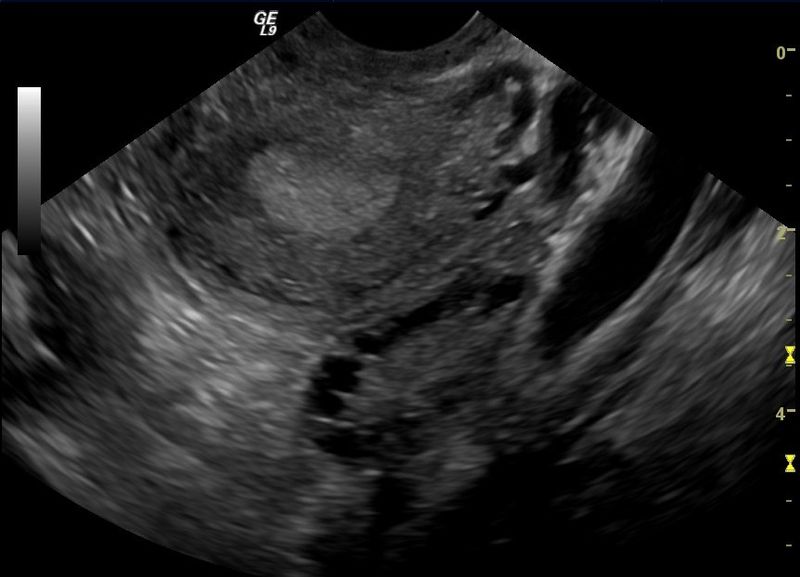It is incurable, often stigmatized and largely unknown and yet polycystic ovary syndrome affects the lives of over 7 million women in the United States and over 10 million women worldwide, according to the Polycystic Ovary Syndrome Awareness Association.
Seven million people may not sound like a lot, but according to Dr. Louise Chang, in an interview with PCOSAA, that’s more than the number of people diagnosed with breast cancer, rheumatoid arthritis, multiple sclerosis and lupus combined.
PCOS, which is an endocrine system disorder that affects women of reproductive age, happens when a woman’s ovaries or adrenal glands produce more male hormones than normal, according to the Center for Disease Control.
Symptoms vary but may include irregular or absent menstrual periods, pelvic pain, acne, oily skin, dandruff, baldness or thinning hair, excess hair growth not on the head, patches of thickened dark brown or black skin, weight gain and infertility. In fact, the disorder is the #1 cause of infertility in women, according to PCOSAA.
The CDC said obese women are more likely to have PCOS, and that they are at an increased risk of developing diabetes and heart disease. That makes it all the more important to catch PCOS early on.
The Polycystic Ovary Syndrome Foundation suggests that women with systems seek a physician that specializes in PCOS. They say specialists can be found in fields such as endocrinology, family practice, OB/GYN and reproductive endocrinology and infertility.
PCOSF said that women who see a doctor for diagnosis will go through a physical examination, have several blood tests done and then a vaginal ultrasound which will look for cysts on the ovaries.
There are several treatment options for PCOS, but no cure.
“Because there is no cure for PCOS, medical management and lifestyle modification are the best ways to treat the syndrome,” PCOSF’s website said.
They said treatments may include birth control pills to regulate menstrual cycles and clear up acne, metformin which has been shown to lower testosterone levels, fertility treatments/medicines, diet and exercise modification, certain surgeries such as ovarian drilling, oophorectomies, hysterectomies, or cyst aspiration and more.
Treatments will vary based on a woman’s symptoms and goals.
Not only is September Sexual Health Awareness Month, it is Polycystic Ovary Syndrome Awareness Month as well. For more information on the disorder, visit pcosaa.org or pcosfoundation.org, as both groups are working to spread awareness, education and support to affected women.









